Strawberries are a high-value crop that can boost your profits when it is grown right. The red bulbous fruit is grown from various varieties of the Fragaria ananassa plant. Technically, a strawberry is not a berry.
The reason for this is that the seed (achenes) of this red fruit is carried on the outside of the skin, whereas other true berries have seed in the centre of the flesh. When it flowers, the delicate little white flowers are pollinated to form single fruits. Across the world, strawberry lovers enjoy the nutritious fruit in a multitude of ways. it is eaten fresh in salads or as a snack, and in jams, sauces, juices and wine. It is most often made into an array of deserts. Filled with vitamin C, folic acid and potassium, you can shake the sweet-tooth guilt when opting for this fruit instead of sweets.
The top strawberry-producing country in the world is China, accounting for more than 40%, followed by the USA with 15%, and then Mexico, Spain, Turkey and Egypt, each accounting for 5%. In Southern Africa, the first strawberry varieties were introduced to South Africa in 1656. Since then, the country has increased production and now 90% of its strawberry production is all grown by local growers. Half of this amount is sold to the local fresh market, and the rest is either processed or exported to Eswatini, Namibia, Mauritius, Mozambique, the United Arabian Emirates, Qatar and Kuwait. The plant is relatively easy to grow and fares well in a variety of production systems. This can include field planting (with straw or plastic mulch), tunnel or greenhouse production, and controlled climate production. Where a small-scale grower may not have suitable fields, strawberries can also be grown in pots or in vertical gardens. For the purpose of this article, we shall only look at open-field systems.
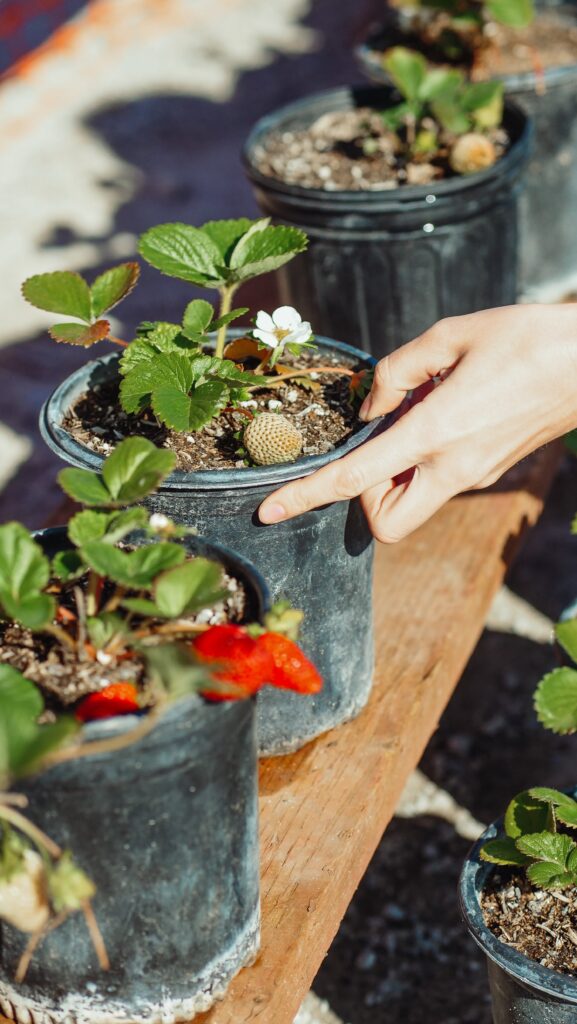
Strawberries can also be grown in pots. (Source: Kindel Media on Pexels)
Climatic and soil requirements
Strawberry plants are winter hardy. They prefer colder winters but mild summer temperatures. This is because plants go dormant in these areas from late autumn to early spring. In summer, the plants need at least six hours of full sun for optimum yields.
Depending on the variety, the day length needs differ. Some varieties are day-neutral or short day growers. Strawberry plants flower during spring or autumn.
The soil needs to be well-drained and rich in organic matter. Avoid planting in clay soil. It also needs to be slightly acidic, approximately between 5,4 and 6,5 pH.
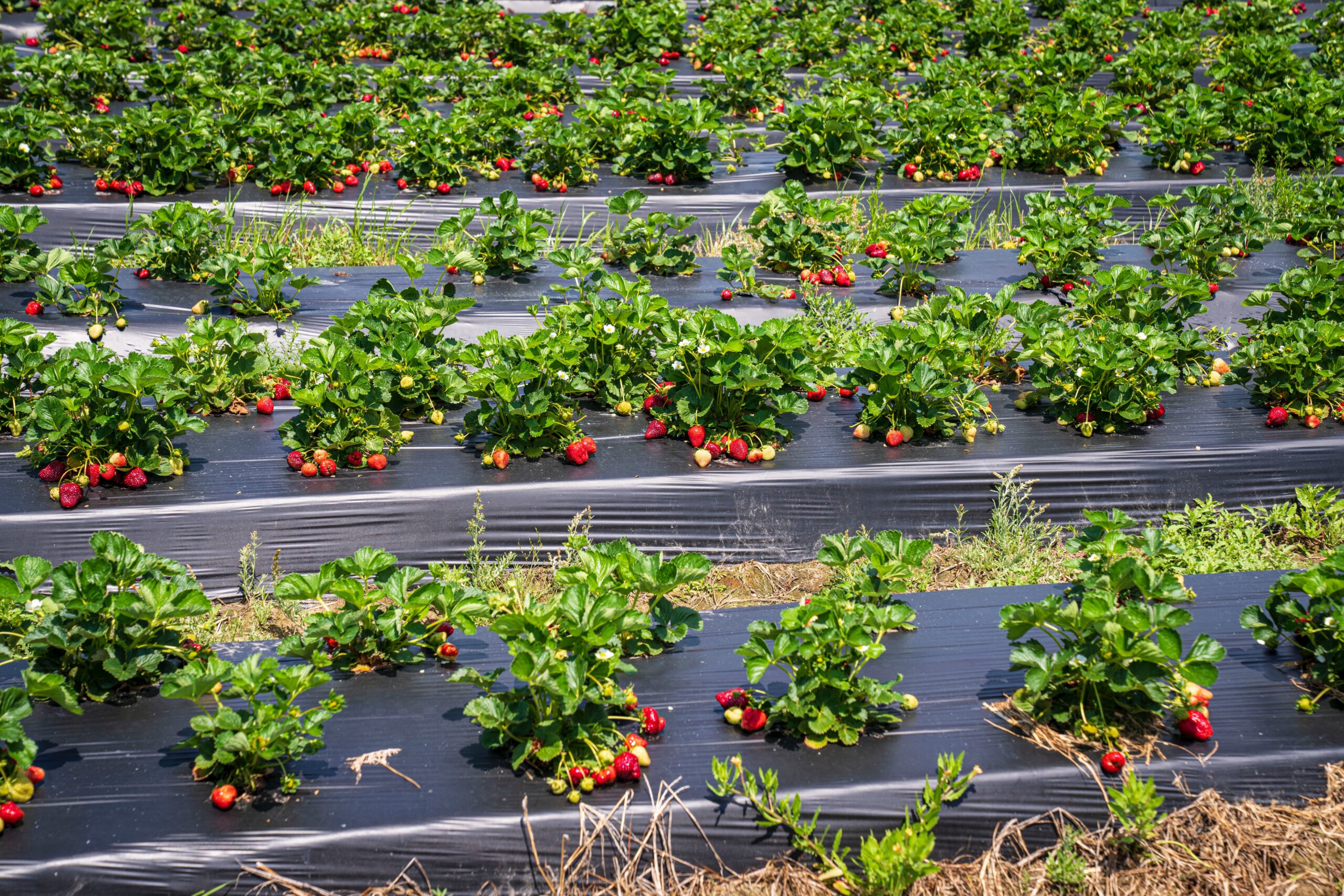
Plastic sheeting or mulch around the plants help retain moisture and control weeds. (Source: Mark Stebnicki on Pexels)
Planting
In the southern parts of Africa, in climates where strawberries are produced, plants are planted from March to April (Autumn). By June to December the fruits are ready to be harvested.
Although strawberries can be grown from seed, it is far easier to grow them from seedlings or runners.
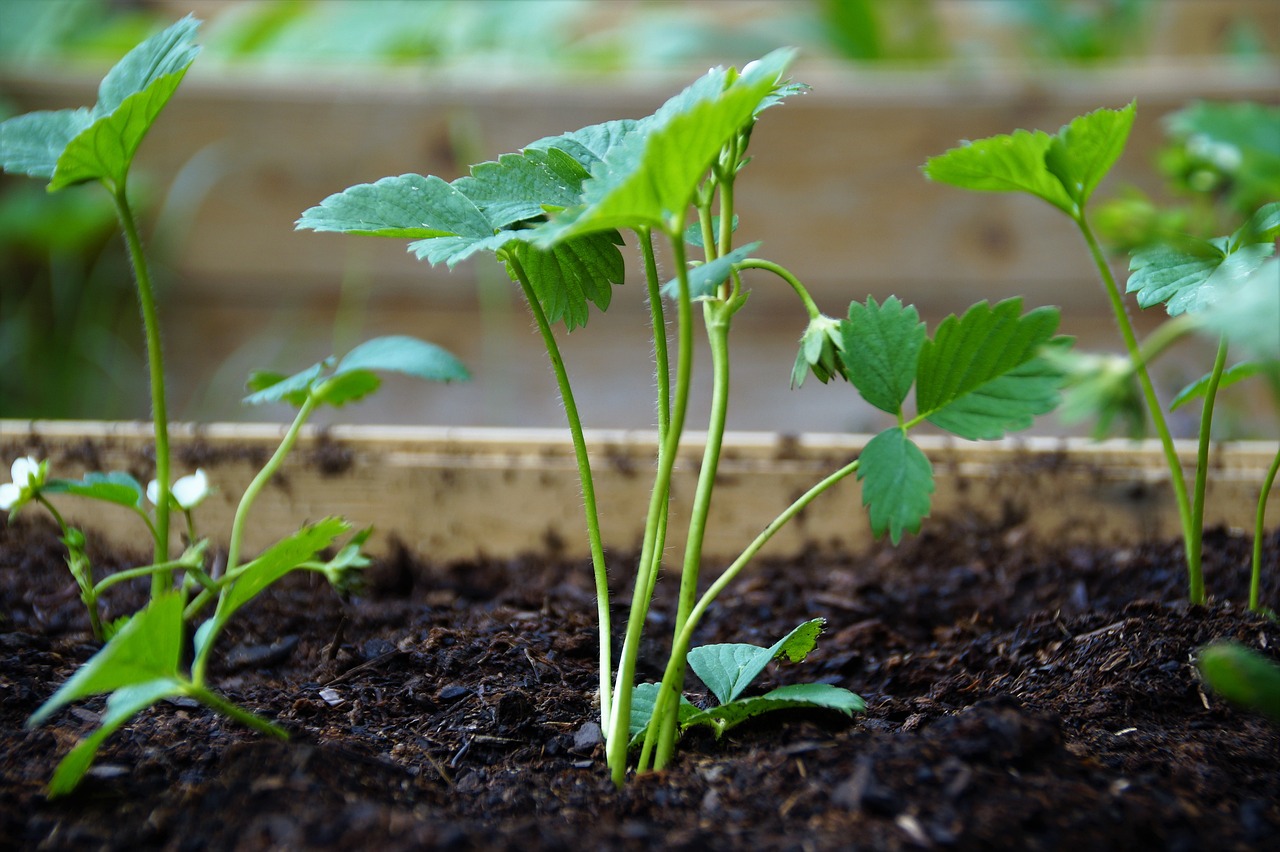
Buying seedlings from trusted sources can be easier than growing strawberries from seed. (Source: Pixabay)
Runners are vine-like growth from existing plants that form new offshoots or plants. Once plants start to form these runners, you can peg them down, ensuring they form roots before you transplant them to a waiting bed for the next growing season. If you are starting your strawberry farming operation for the first time, you can obtain your seedlings from a trusted nursery or strawberry grower. Prepare the soil by creating raised beds. This improves soil drainage. The plants are then carefully planted, ensuring only the roots are covered, because a covered crown will lead to rotting. Either a single or double row of plants can be planted on the beds. Space plants 30 by 30 cm. They can be spaced diagonally 20 cm by 20 cm.
Take care not to plant plants too densely as this can encourage pests and diseases to spread.
Straw mulch or plastic sheeting can be placed on the beds to improve water consumption, and manage weeds.
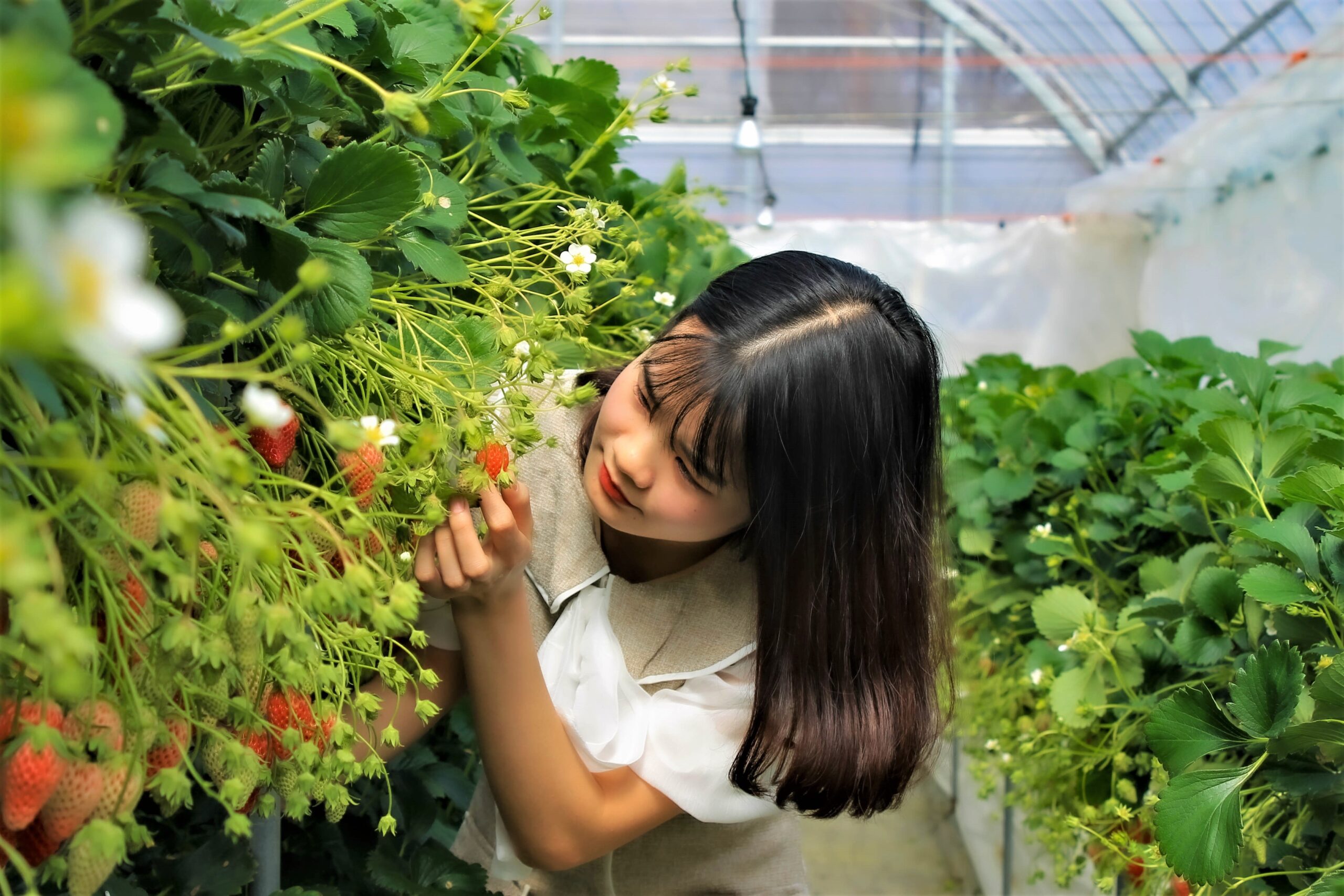
Growers can also use greenhouses and controlled environments to improve their yields. (Source: Isuru Udesh Mmangala on Pexels)
Irrigation
Strawberries require roughly 15 to 25 mm of irrigation per week, depending on the stage of production. However, the frequency, amount and time of irrigation are all dependent on the soil type, weather, and variety.
It is difficult to grow strawberries large scale without irrigation.
Their shallow root systems mean that they are very sensitive to dry spells and need frequent watering more than heavy watering.
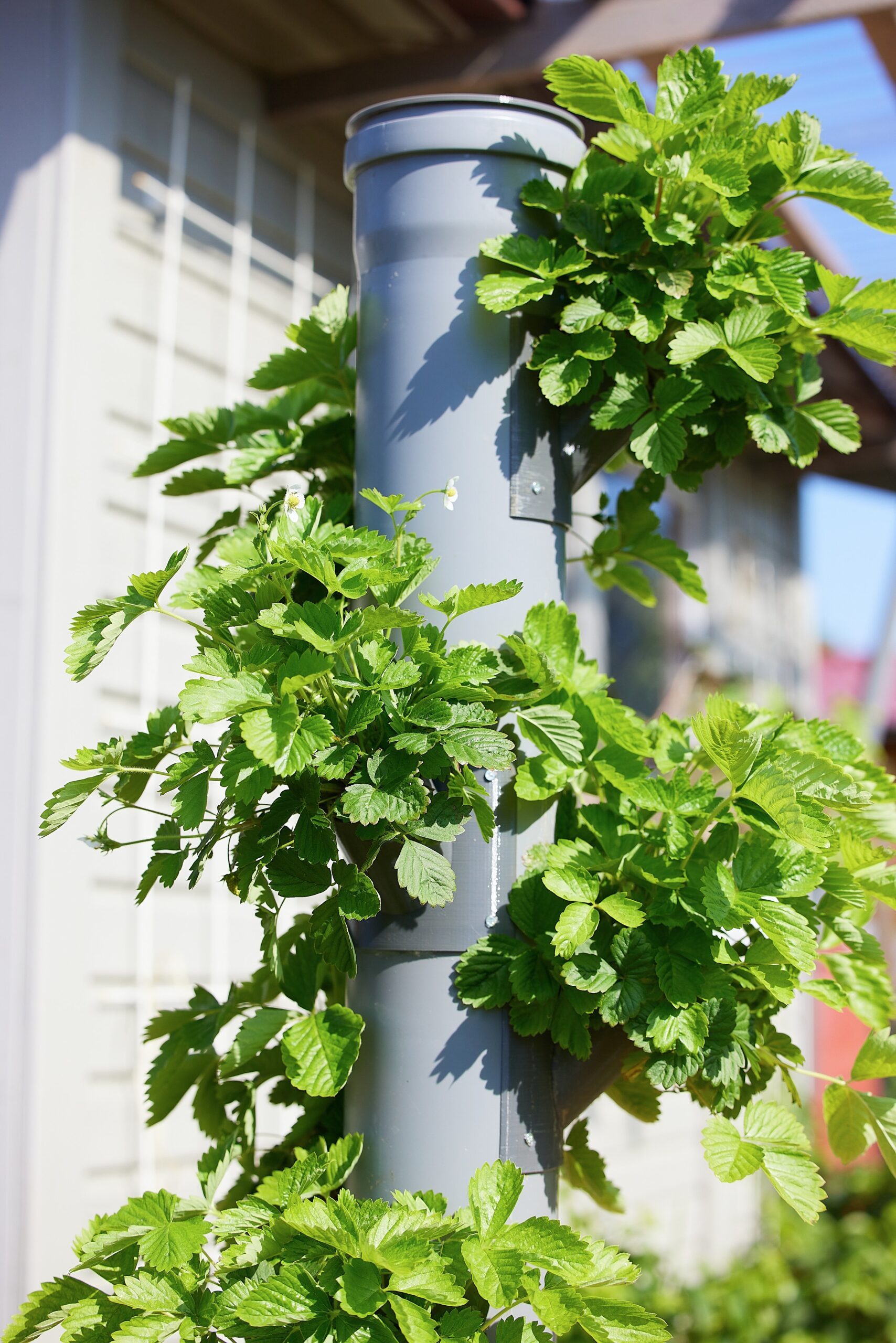
If you do not have space, you can consider vertical gardens as an alternative way of growing strawberries (Source: Thomas Mengwasser)
Fertilisation
With rich soil, there is no need to apply fertiliser during planting. It is important to note that the amount of fertiliser that needs to be applied throughout the season will differ, depending on the variety of strawberries. To ensure you use the right quantity for the right strawberry variety, you can send a soil sample for testing. Regularly apply nitrogen (N) and potassium (K) throughout the season. Potassium will assist with flower formation that leads to better fruit. Start applying potassium once flowers appear.
Harvesting
Harvesting has to occur when the weather is dry. The fruits can be harvested as soon as they are ripe to prevent them from rotting on the plant.
When harvesting strawberries, gather the ripe fruits in the morning.
Refrigerate it as soon as possible to ensure the fruits’ longevity. Once the harvest season has been completed, cut the old leaves down and remove the mulch to prepare the plant for the next season.
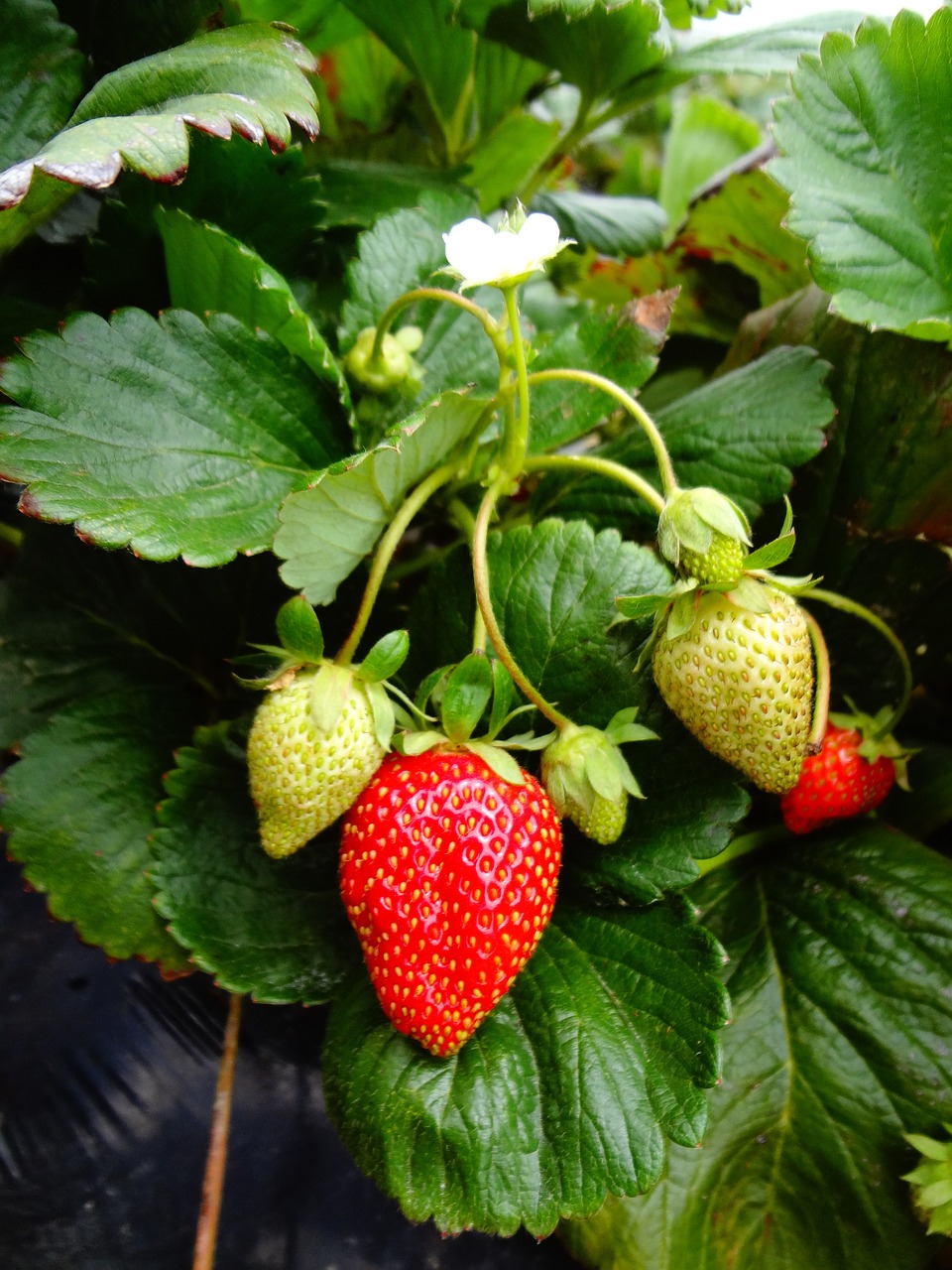
Fruits should immediately be harvested once ripe. (Source: Pok Rie on Pexels)
Pest and disease control
Pest
The key to quick intervention is constantly monitoring your crop. Insects such as spider mites or nematodes are common strawberry pests. There is a variety of insecticides that are safe to use on strawberries. Birds can also destroy a crop as they feed on the fruit.
Growing plants under shade netting can protect your crop, improve the quality of fruit and boost your yield, but erecting structures can be costly.
The effect of coverage means protection from pests, birds and sun damage.
Disease
Common diseases that affect strawberry crops are Botrytis rot, Verticillium wilt, and leaf disease. Of these, Botrytis is the biggest enemy, but luckily this grey mould can be controlled with fungicides. Keep an eye out for plants showing signs of disease. If plants do not improve, remove diseased plants.
Sources
Human, J.P. and Evans, E.P. (1989) Strawberry production in South Africa, ISHS Acta Horticulturae 265: International Strawberry Symposium. Available at: https://www.actahort.org/books/265/265_125.htm#:~:text=Approximately%20300%20hectares%20of%20strawberries,30%20t%2Fha%20are%20obtained.
Kriel, G. (2023) Strawberriesfruit farming in South Africa, Strawberries – Fruit Farming in South Africa. Available at: https://southafrica.co.za/strawberries.html
Strawberries production guide (2023) Directorate Agricultural Information Services. Available at: http://www.dalrrd.gov.za/phocadownloadpap/Brochures_and_Production_Guidelines/Brochure%20Winter%20squash.pdf
Strawberry grow guide (2023) GrowVeg. Available at: https://www.growveg.co.za/plants/south-africa/how-to-grow-strawberries/

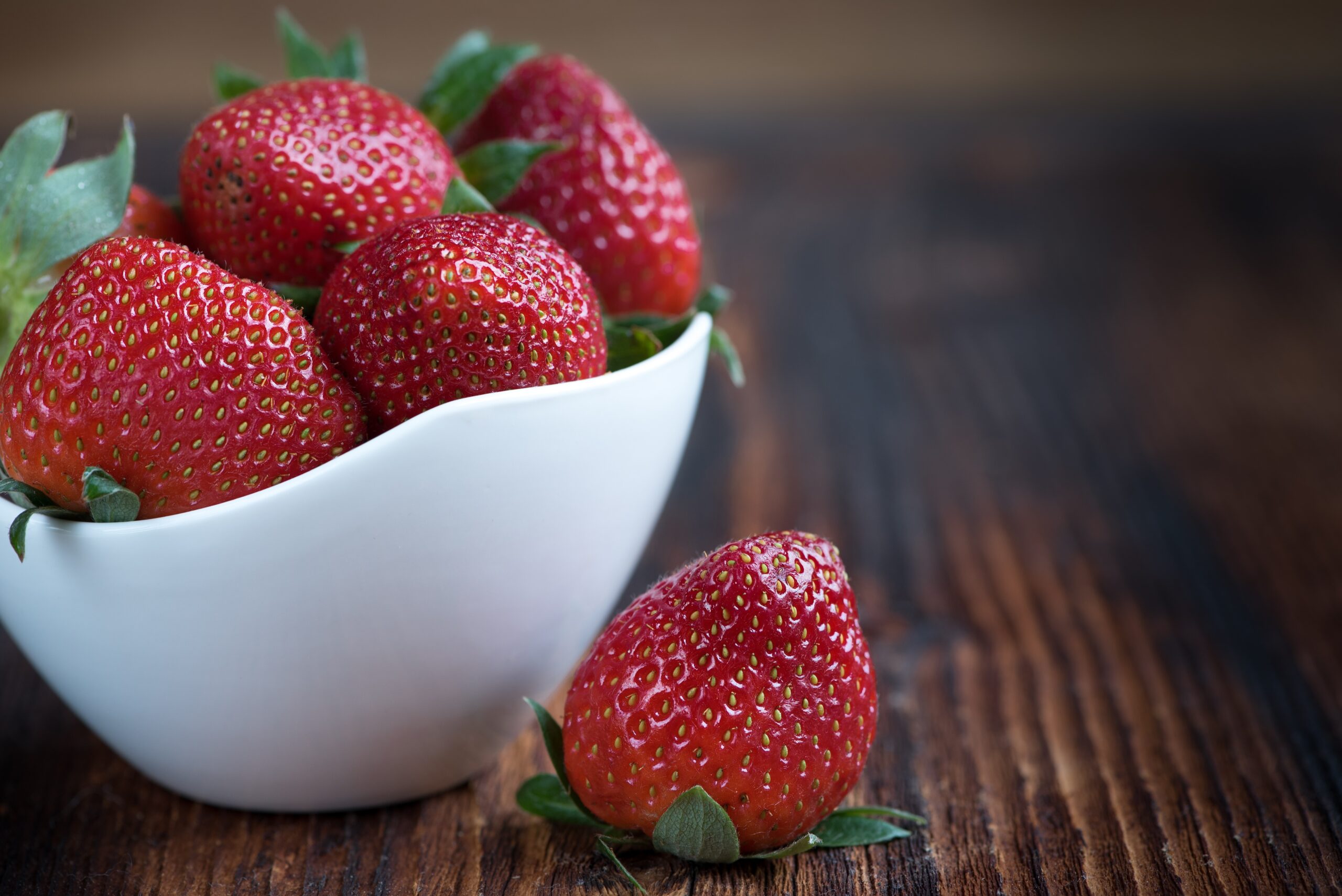








Can strawberries survive in Lesotho?
How to apply plant tissue culture technology for high-quality strawberry seedlings?